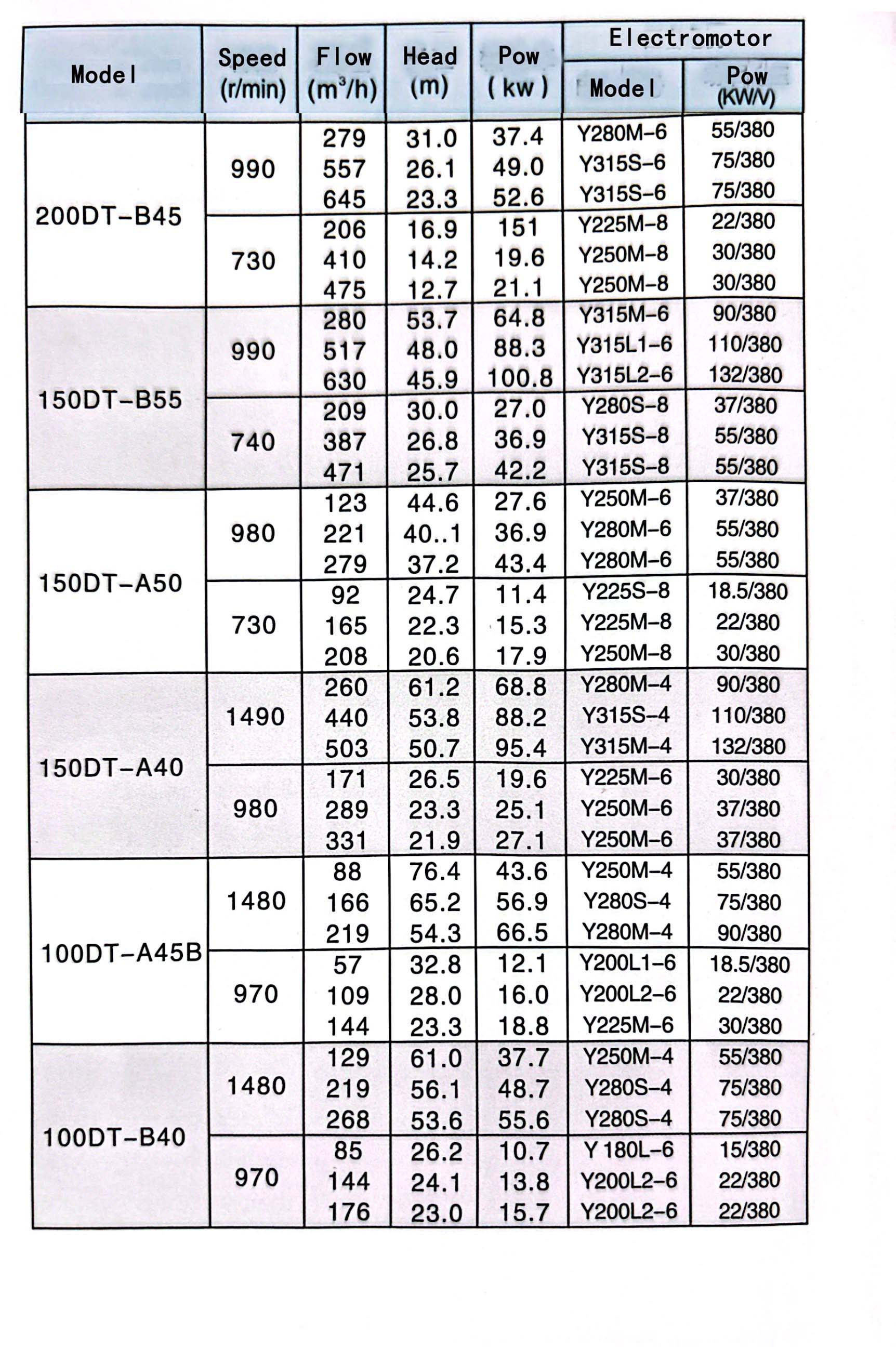English
- Afrikaans
- Albanian
- Amharic
- Arabic
- Armenian
- Azerbaijani
- Basque
- Belarusian
- Bengali
- Bosnian
- Bulgarian
- Catalan
- Cebuano
- Corsican
- Croatian
- Czech
- Danish
- Dutch
- English
- Esperanto
- Estonian
- Finnish
- French
- Frisian
- Galician
- Georgian
- German
- Greek
- Gujarati
- Haitian Creole
- hausa
- hawaiian
- Hebrew
- Hindi
- Miao
- Hungarian
- Icelandic
- igbo
- Indonesian
- irish
- Italian
- Japanese
- Javanese
- Kannada
- kazakh
- Khmer
- Rwandese
- Korean
- Kurdish
- Kyrgyz
- Lao
- Latin
- Latvian
- Lithuanian
- Luxembourgish
- Macedonian
- Malgashi
- Malay
- Malayalam
- Maltese
- Maori
- Marathi
- Mongolian
- Myanmar
- Nepali
- Norwegian
- Norwegian
- Occitan
- Pashto
- Persian
- Polish
- Portuguese
- Punjabi
- Romanian
- Russian
- Samoan
- Scottish Gaelic
- Serbian
- Sesotho
- Shona
- Sindhi
- Sinhala
- Slovak
- Slovenian
- Somali
- Spanish
- Sundanese
- Swahili
- Swedish
- Tagalog
- Tajik
- Tamil
- Tatar
- Telugu
- Thai
- Turkish
- Turkmen
- Ukrainian
- Urdu
- Uighur
- Uzbek
- Vietnamese
- Welsh
- Bantu
- Yiddish
- Yoruba
- Zulu
Telephone: +86 13120555503
Email: frank@cypump.com
Nov . 13, 2024 12:10 Back to list
slurry feed pump
Understanding Slurry Feed Pumps A Comprehensive Overview
Slurry feed pumps are essential components in various industrial sectors, particularly in mining, construction, and wastewater treatment. These pumps are specifically designed to handle a mixture of solids and liquids, known as slurry, which can be abrasive and highly viscous. Understanding how slurry feed pumps work and their applications can help industries optimize their operations and improve efficiency.
What is a Slurry?
A slurry is a semi-liquid mixture that contains solid particles suspended in a liquid. It is commonly found in processes such as ore extraction in mining, where materials are often processed in a slurry form, and in construction where concrete may be mixed with additives. The properties of a slurry can vary significantly depending on the size, shape, and concentration of solid particles, as well as the type of liquid in use.
Importance of Slurry Feed Pumps
Slurry feed pumps are specifically engineered to transport these challenging mixtures from one point to another. Unlike standard pumps, which are typically designed for clean liquids, slurry pumps must withstand the abrasive nature of solid particles and resist wear and tear. They also need to maintain a consistent flow rate, ensuring that the slurry is moved efficiently through pipelines, often over long distances and varying elevations.
Types of Slurry Feed Pumps
There are several types of slurry feed pumps, each designed for specific applications and slurry characteristics. Some of the most common types include
slurry feed pump

1. Centrifugal Pumps These pumps use rotational energy to move slurry through the system. They are ideal for low-viscosity slurries and applications where a high flow rate is needed. However, they may not perform well with highly viscous or large particulate slurries.
2. Positive Displacement Pumps These pumps trap a fixed amount of slurry and then force it through the discharge. They are suitable for high-viscosity slurries and provide a consistent flow rate regardless of the discharge pressure.
3. Submersible Pumps Designed to operate while submerged in the slurry, these pumps are often used in sludge removal applications. They are well-suited for use in confined spaces and can handle mixed solids with ease.
4. Diaphragm Pumps Utilizing a flexible diaphragm, these pumps can handle slurries with high solid content. They offer a degree of self-priming capability and can run dry without damage.
Applications of Slurry Feed Pumps
Slurry feed pumps are widely used in various industries. In the mining sector, they transport mineral slurry from crushing and grinding processes to the next stage of processing or to tailings management areas. In wastewater treatment facilities, they move sludge and other mixtures through different stages of purification. In the construction industry, slurry pumps can assist in the transportation of concrete and other building materials.
Conclusion
In conclusion, slurry feed pumps play a critical role in effective material handling across various industries. Their ability to transport abrasive and viscous mixtures safely and efficiently makes them indispensable in many operations. By understanding the different types of slurry pumps and their respective applications, industries can select the appropriate pump that meets their specific needs, thus optimizing workflow and enhancing productivity. As technology advances, we can expect further innovations in slurry pump design, which will continue to improve efficiency and reduce operational costs.
-
Heavy-Duty Mining Sludge Pumps - Wear-Resistant Slurry Handling
NewsAug.02,2025
-
Horizontal Split Case Pump with GPT-4 Turbo | High Efficiency
NewsAug.01,2025
-
ISG Series Pipeline Pump - Chi Yuan Pumps | High Efficiency, Durable Design
NewsAug.01,2025
-
Advanced Flue Gas Desulfurization Pump with GPT-4 Turbo | Durable & Efficient
NewsJul.31,2025
-
ISG Series Vertical Pipeline Pump - Chi Yuan Pumps | Advanced Hydraulic Design&Durable Construction
NewsJul.31,2025
-
ISG Series Vertical Pipeline Pump - Chi Yuan Pumps | Energy Efficient & Low Noise
NewsJul.31,2025










